Home>Gardening & Outdoor>Landscaping Ideas>How To Preserve Lemongrass
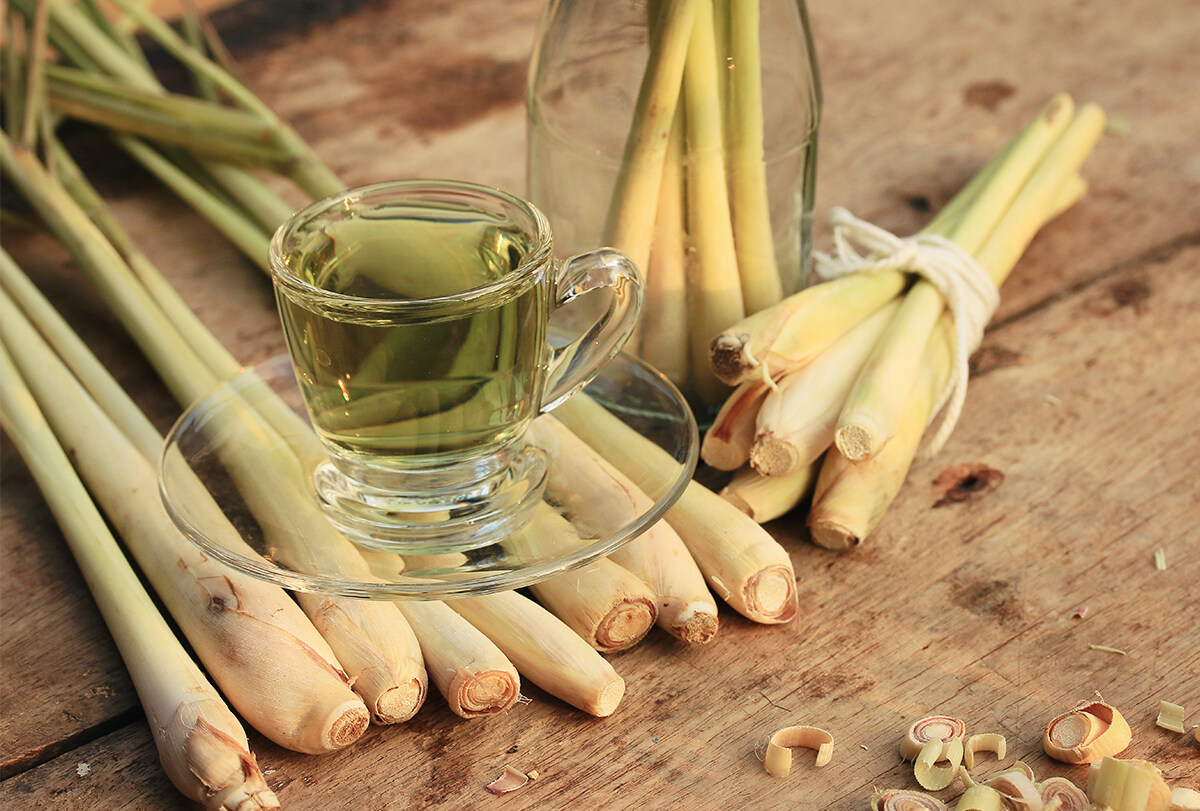

Landscaping Ideas
How To Preserve Lemongrass
Modified: February 18, 2024
Discover effective landscaping ideas for preserving lemongrass with our comprehensive guide. Learn how to maintain and enjoy this versatile plant in your garden.
(Many of the links in this article redirect to a specific reviewed product. Your purchase of these products through affiliate links helps to generate commission for Storables.com, at no extra cost. Learn more)
Introduction
Lemongrass, with its refreshing citrus aroma and subtle hint of ginger, is a versatile herb that has been cherished in culinary and medicinal applications for centuries. This resilient plant, known for its graceful, slender blades and aromatic oils, adds a delightful zing to a wide array of dishes, from soups and curries to teas and cocktails. Beyond its culinary uses, lemongrass boasts a wealth of health benefits, making it a valuable addition to any home garden or kitchen.
In this comprehensive guide, we will explore the various methods for preserving lemongrass to ensure that its vibrant flavor and potent properties are readily available whenever inspiration strikes. Whether you have an abundant harvest from your garden or have picked up a fresh bundle from the market, knowing how to preserve lemongrass will allow you to savor its delightful essence all year round.
Join us as we delve into the art of preserving lemongrass, from understanding this aromatic herb to mastering the techniques of harvesting, storing, freezing, drying, and transforming it into a versatile paste. By the end of this journey, you will be equipped with the knowledge and skills to make the most of this remarkable herb, elevating your culinary creations and wellness rituals to new heights. Let's embark on this aromatic adventure and unlock the secrets of preserving lemongrass!
Key Takeaways:
- Preserve lemongrass by harvesting, storing, freezing, drying, and making paste. Enjoy its vibrant citrus flavor and therapeutic benefits in culinary creations all year round.
- Lemongrass, a versatile herb, offers a delightful zing to dishes and promotes well-being. Master the art of preserving it to elevate culinary creations and wellness rituals.
Read more: How To Overwinter Lemongrass
Understanding Lemongrass
Lemongrass, scientifically known as Cymbopogon citratus, is a tropical plant native to regions such as Southeast Asia, India, and Australia. This perennial herb, characterized by its long, slender green blades and a bulbous base, belongs to the grass family and thrives in warm, humid climates. Renowned for its distinct lemony flavor and citrusy aroma, lemongrass is a staple ingredient in Thai, Vietnamese, and Indonesian cuisines, where it imparts a refreshing and tangy essence to a myriad of dishes.
Aside from its culinary uses, lemongrass has been valued for its medicinal properties for generations. It contains essential oils, such as citral, which exhibit antibacterial, antifungal, and antioxidant properties. As a result, lemongrass is often utilized in traditional medicine to alleviate digestive issues, reduce inflammation, and promote relaxation. Moreover, its invigorating scent is harnessed in aromatherapy to uplift the mood and alleviate stress.
When cultivating lemongrass, it thrives in well-draining soil and requires ample sunlight to flourish. Whether grown in a garden, a pot, or a raised bed, lemongrass adds a touch of elegance with its graceful, arching foliage. Its resilience and low maintenance make it an ideal herb for both seasoned gardeners and beginners alike.
As you embark on the journey of preserving lemongrass, understanding the characteristics and virtues of this remarkable herb will deepen your appreciation for its multifaceted nature. From its culinary allure to its therapeutic potential, lemongrass invites you to explore a world of vibrant flavors and holistic well-being.
Harvesting Lemongrass
Harvesting lemongrass is a gratifying endeavor that allows you to enjoy the freshest flavors and aromas while ensuring the continued growth and vitality of the plant. Whether you are gathering lemongrass from your garden or selecting it from a market, knowing the proper techniques for harvesting is essential to maximize its culinary and therapeutic potential.
When harvesting lemongrass from your garden, it’s best to wait until the plant has reached a height of at least 12 inches (30 cm). At this stage, the stalks are mature and packed with essential oils, delivering the signature citrusy fragrance and robust flavor. To harvest, use a sharp knife or garden shears to cut the stalks close to the soil level, ensuring a clean and even cut. It’s important to trim the stalks just above the bulbous base, as this is where the concentrated flavor and aroma reside.
If you are purchasing lemongrass from a market or grocery store, select stalks that are firm and have a pale yellow-green color. Avoid any stalks that appear wilted or have dark spots. When handling store-bought lemongrass, trim any dry or woody ends before proceeding with the preservation process.
Whether you have harvested lemongrass from your garden or acquired it from a market, it’s crucial to handle the stalks with care to preserve their freshness and flavor. From the vibrant green blades to the aromatic base, each part of the lemongrass plant contributes to its culinary and therapeutic prowess, making the harvesting process a vital step in the journey of preservation.
By mastering the art of harvesting lemongrass, you can ensure that your culinary creations and wellness rituals are infused with the vibrant essence of this remarkable herb, elevating your dishes and soothing your senses with its invigorating aroma and flavor.
Storing Fresh Lemongrass
Properly storing fresh lemongrass is essential to maintain its vibrant flavor and aromatic allure. Whether you have harvested lemongrass from your garden or purchased it from a market, employing the right storage techniques will ensure that this versatile herb remains at its best for future use in culinary endeavors and wellness rituals.
Before storing fresh lemongrass, it’s crucial to prepare the stalks for preservation. Start by removing any dry or wilted outer layers, revealing the tender and fragrant inner layers. Next, trim the upper green portion of the stalks, leaving behind the bulbous base and the pale yellow-green inner layers, which contain the concentrated citrus flavor and aroma.
Once the lemongrass stalks are trimmed and cleaned, there are several storage methods to consider. For short-term storage, place the trimmed stalks in a glass of water, similar to how you would store fresh flowers. This method helps maintain the moisture content of the lemongrass, keeping it crisp and fragrant for up to two weeks when stored in the refrigerator.
Alternatively, you can store trimmed lemongrass stalks in a resealable plastic bag or an airtight container in the refrigerator. Before sealing the bag or container, wrap the stalks in a slightly damp paper towel to preserve their moisture. Stored this way, fresh lemongrass can remain flavorful and aromatic for up to two weeks, allowing you to access its zesty essence whenever inspiration strikes.
For long-term storage, consider freezing fresh lemongrass to preserve its flavor and aroma for several months. This method involves slicing the trimmed lemongrass into manageable pieces and placing them in an airtight container or freezer bag. Stored in the freezer, lemongrass retains its vibrant flavor and can be conveniently accessed whenever a burst of citrusy freshness is desired in your culinary creations.
By mastering the art of storing fresh lemongrass, you can ensure that this remarkable herb remains a staple in your culinary repertoire, infusing your dishes with its invigorating essence and elevating your culinary creations to new heights.
To preserve lemongrass, you can chop it into small pieces and freeze them in an airtight container. This will help retain its flavor and aroma for future use.
Freezing Lemongrass
Freezing lemongrass is a convenient and effective method for preserving its vibrant flavor and aromatic essence for an extended period. Whether you have an abundant harvest from your garden or wish to store store-bought lemongrass for future use, freezing offers a simple and efficient way to ensure that this versatile herb remains readily available for your culinary endeavors.
To freeze lemongrass, start by trimming and cleaning the stalks, removing any dry or wilted outer layers to reveal the tender inner layers. Once the stalks are prepared, slice them into manageable pieces, approximately 2 to 3 inches (5 to 7.5 cm) in length. These smaller segments are not only easier to handle but also thaw more quickly when needed for cooking.
After cutting the lemongrass into pieces, place them in an airtight container or a resealable freezer bag. It’s advisable to label the container or bag with the date of freezing to keep track of its freshness. When sealed properly and stored in the freezer, lemongrass can maintain its vibrant flavor and aromatic allure for up to six months, allowing you to enjoy its zesty essence in various culinary creations.
When it comes to using frozen lemongrass, there’s no need to thaw the entire batch. Simply remove the desired amount of lemongrass from the freezer and return the remaining pieces to the cold storage. Whether you’re adding a hint of citrusy freshness to a curry, soup, or marinade, the frozen lemongrass readily imparts its delightful essence, enhancing the flavors of your dishes with ease.
By freezing lemongrass, you can ensure that this remarkable herb remains a staple in your culinary repertoire, offering a burst of invigorating citrus flavor and aroma whenever inspiration strikes. Embracing the art of freezing lemongrass empowers you to elevate your dishes with the vibrant essence of this versatile herb, adding a delightful zing to your culinary creations.
Read more: How Tall Is Lemongrass
Drying Lemongrass
Drying lemongrass is a traditional method of preservation that concentrates its citrusy flavor and aromatic essence, allowing you to enjoy its delightful qualities throughout the year. Whether you have an abundant harvest from your garden or wish to extend the shelf life of store-bought lemongrass, drying offers a simple and effective way to ensure that this versatile herb remains readily available for your culinary endeavors.
To begin the drying process, start by trimming and cleaning the lemongrass stalks, removing any dry or wilted outer layers to reveal the tender inner layers. Once the stalks are prepared, there are several methods for drying lemongrass, each offering its own unique charm and convenience.
One popular method involves tying the trimmed lemongrass stalks together with kitchen twine to form a bundle. Hang the bundles in a warm, well-ventilated area, away from direct sunlight, allowing the lemongrass to air dry naturally. This process typically takes one to two weeks, during which the lemongrass will gradually lose moisture and develop a more concentrated flavor and aroma.
Alternatively, you can opt to dry lemongrass in a food dehydrator, following the manufacturer’s instructions for temperature and duration. This method expedites the drying process, typically yielding dried lemongrass within a day or two, depending on the dehydrator settings and the thickness of the stalks.
Once the lemongrass is thoroughly dried, it should be crisp to the touch and free from any moisture. At this stage, remove the dried lemongrass from the stalks and store the leaves in an airtight container, away from direct light and heat. Properly stored, dried lemongrass can retain its potent flavor and aroma for up to a year, ensuring that you have a steady supply of this remarkable herb for your culinary creations.
By embracing the art of drying lemongrass, you can savor its vibrant citrusy essence and aromatic allure in an array of dishes, from soups and stews to teas and spice blends. This traditional preservation method empowers you to infuse your culinary creations with the invigorating flavors of lemongrass, adding a delightful zing to your favorite recipes throughout the seasons.
Making Lemongrass Paste
Creating lemongrass paste is a versatile and convenient way to harness the vibrant flavor and aromatic essence of this remarkable herb, allowing you to infuse a burst of citrusy freshness into an array of culinary creations. Whether you have an abundant supply of fresh lemongrass or wish to make the most of store-bought stalks, crafting lemongrass paste offers a delightful and flavorful addition to your culinary repertoire.
To begin, gather fresh lemongrass stalks and prepare them by trimming away any dry or wilted outer layers. Next, finely chop the tender inner layers of the lemongrass, ensuring that the pieces are small and manageable for the blending process. Additionally, gather complementary ingredients such as garlic, shallots, and a neutral oil, such as grapeseed or vegetable oil, to enhance the texture and flavor of the paste.
In a food processor or blender, combine the chopped lemongrass with the garlic and shallots, pulsing the mixture until it forms a coarse paste. As the ingredients blend, gradually add the neutral oil to achieve a smooth and spreadable consistency. The oil not only aids in the emulsification of the paste but also helps preserve the vibrant flavors of the lemongrass, allowing you to enjoy its zesty essence for an extended period.
Once the lemongrass paste reaches the desired texture, transfer it to an airtight container and store it in the refrigerator. Properly stored, lemongrass paste can remain flavorful and aromatic for up to two weeks, offering a convenient and readily accessible way to add a burst of citrusy freshness to your culinary creations.
When incorporating lemongrass paste into your dishes, consider adding a spoonful to marinades, curries, soups, and stir-fries, infusing your recipes with the invigorating essence of lemongrass. Additionally, the paste can be used as a flavorful spread for grilled meats and vegetables, offering a delightful zing that elevates the flavors of your favorite dishes.
By mastering the art of making lemongrass paste, you can effortlessly incorporate the vibrant flavors and aromatic allure of this versatile herb into your culinary repertoire, adding a delightful zing to your favorite recipes and infusing your dishes with the invigorating essence of lemongrass.
Conclusion
As we conclude this aromatic journey through the art of preserving lemongrass, we have uncovered the myriad ways to savor the vibrant flavors and aromatic allure of this remarkable herb. From understanding the multifaceted nature of lemongrass to mastering the techniques of harvesting, storing, freezing, drying, and transforming it into a versatile paste, we have delved into the art of preserving lemongrass to elevate our culinary creations and wellness rituals.
Lemongrass, with its refreshing citrus aroma and subtle hint of ginger, has captivated culinary enthusiasts and wellness seekers alike, offering a delightful zing to an array of dishes and imbuing therapeutic properties that promote well-being. Whether harvested from the garden or selected from the market, lemongrass invites us to explore its vibrant flavors and invigorating essence, inspiring us to infuse our culinary creations with its delightful qualities.
Through the process of harvesting lemongrass, we have learned to appreciate the vitality of the plant and the significance of handling it with care to preserve its freshness and flavor. By understanding the various methods of storing, freezing, and drying lemongrass, we have empowered ourselves to ensure that this versatile herb remains readily available for our culinary endeavors throughout the year.
Moreover, the art of making lemongrass paste has provided us with a convenient and flavorful way to harness the essence of this remarkable herb, offering a burst of citrusy freshness to an array of dishes. Whether added to marinades, curries, soups, or used as a spread, lemongrass paste infuses our culinary creations with its invigorating flavors, enhancing our dishes with a delightful zing.
As we embrace the art of preserving lemongrass, we embark on a flavorful and aromatic adventure, unlocking the secrets of this versatile herb and enriching our culinary repertoire with its vibrant essence. Whether we seek to enliven our dishes with its citrusy allure or harness its therapeutic properties, lemongrass invites us to savor its delightful qualities and elevate our culinary creations and wellness rituals to new heights.
So, let us continue to embrace the art of preserving lemongrass, infusing our culinary creations with its invigorating flavors and aromatic allure, and savoring the delightful zing that this remarkable herb brings to our lives.
Frequently Asked Questions about How To Preserve Lemongrass
Was this page helpful?
At Storables.com, we guarantee accurate and reliable information. Our content, validated by Expert Board Contributors, is crafted following stringent Editorial Policies. We're committed to providing you with well-researched, expert-backed insights for all your informational needs.
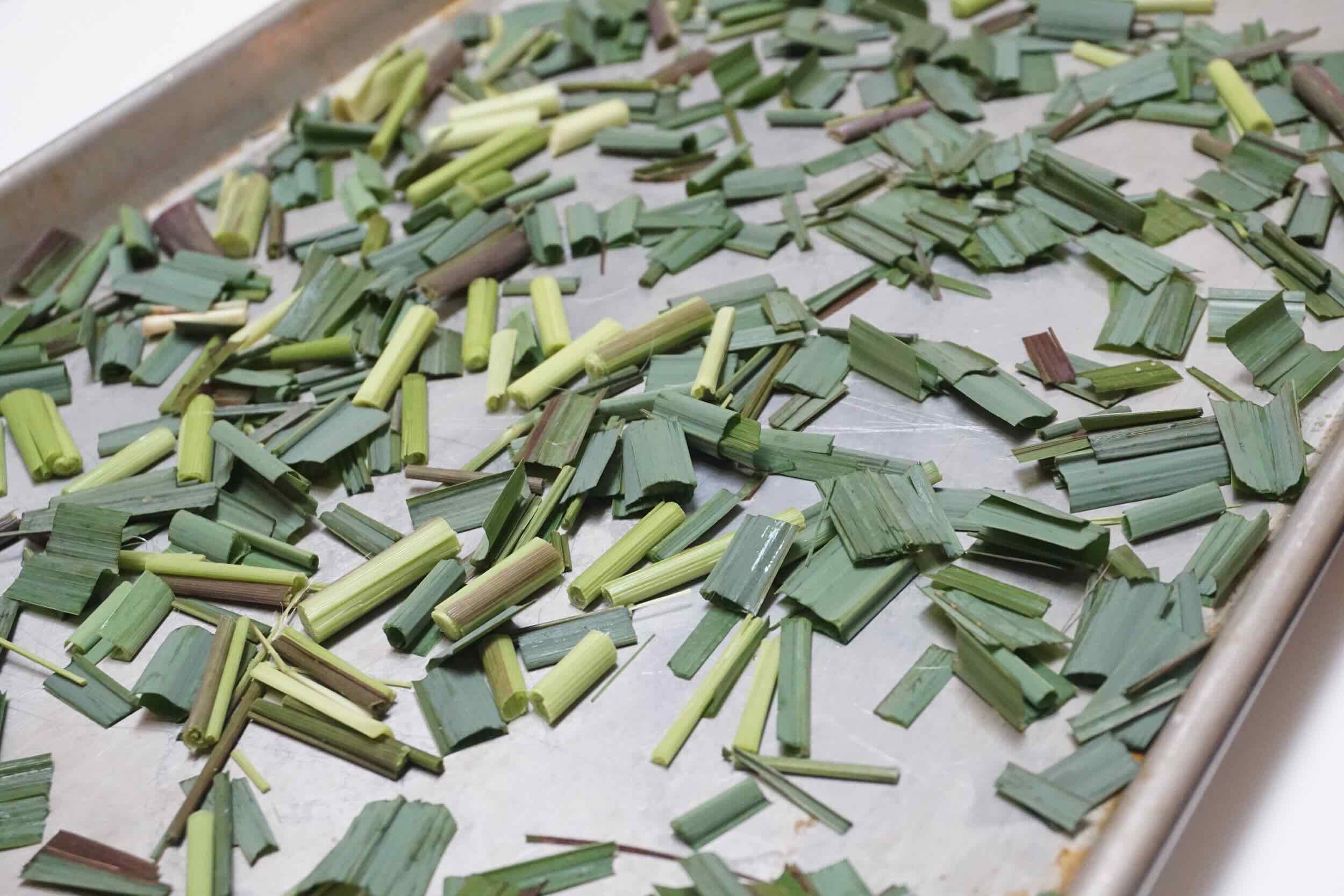
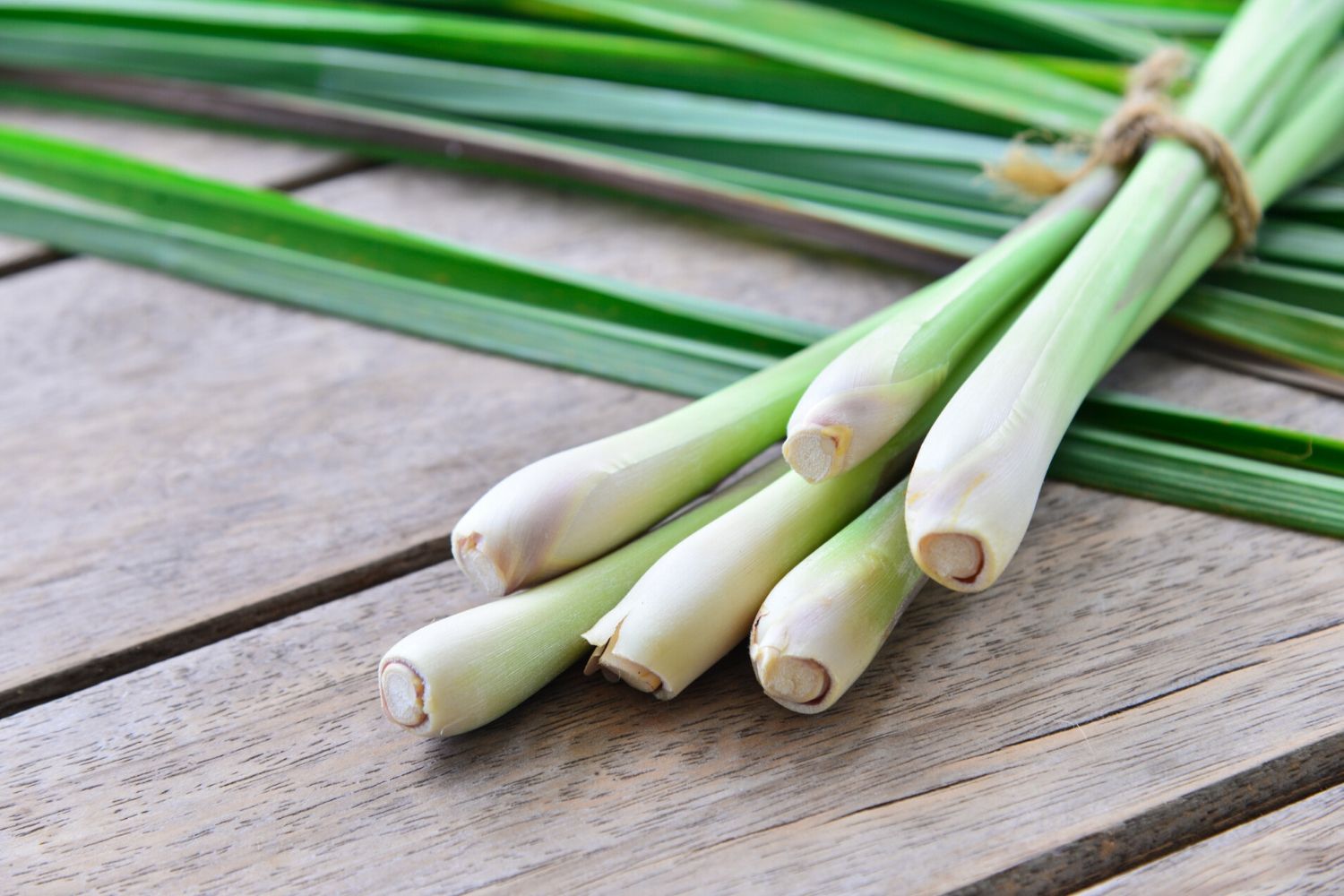
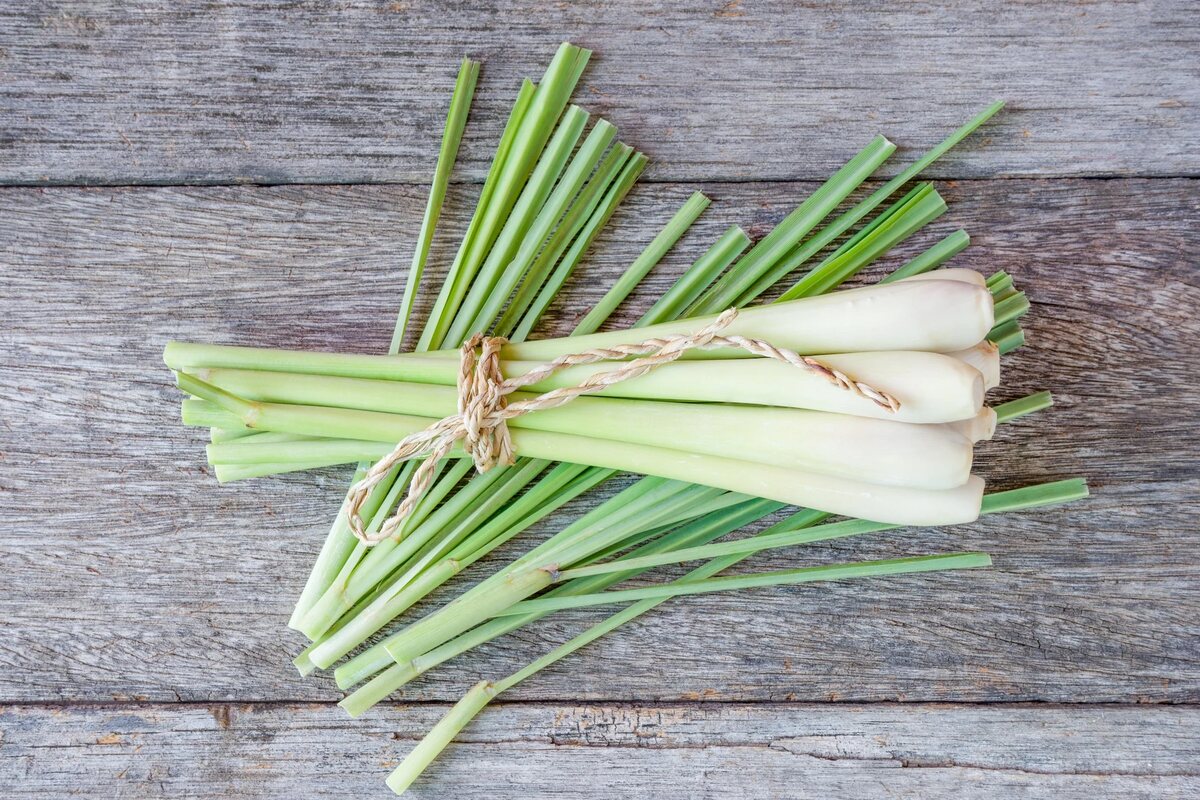
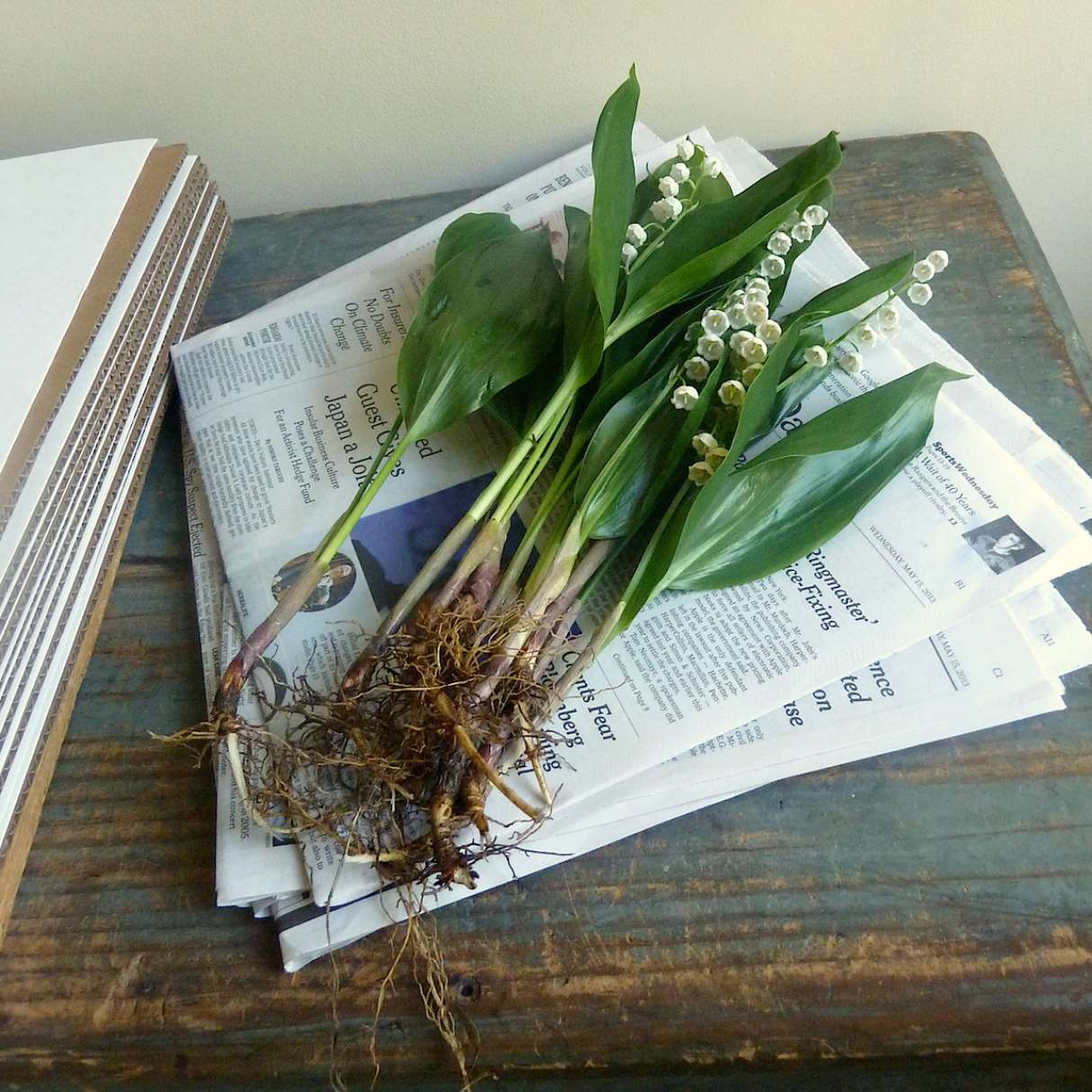
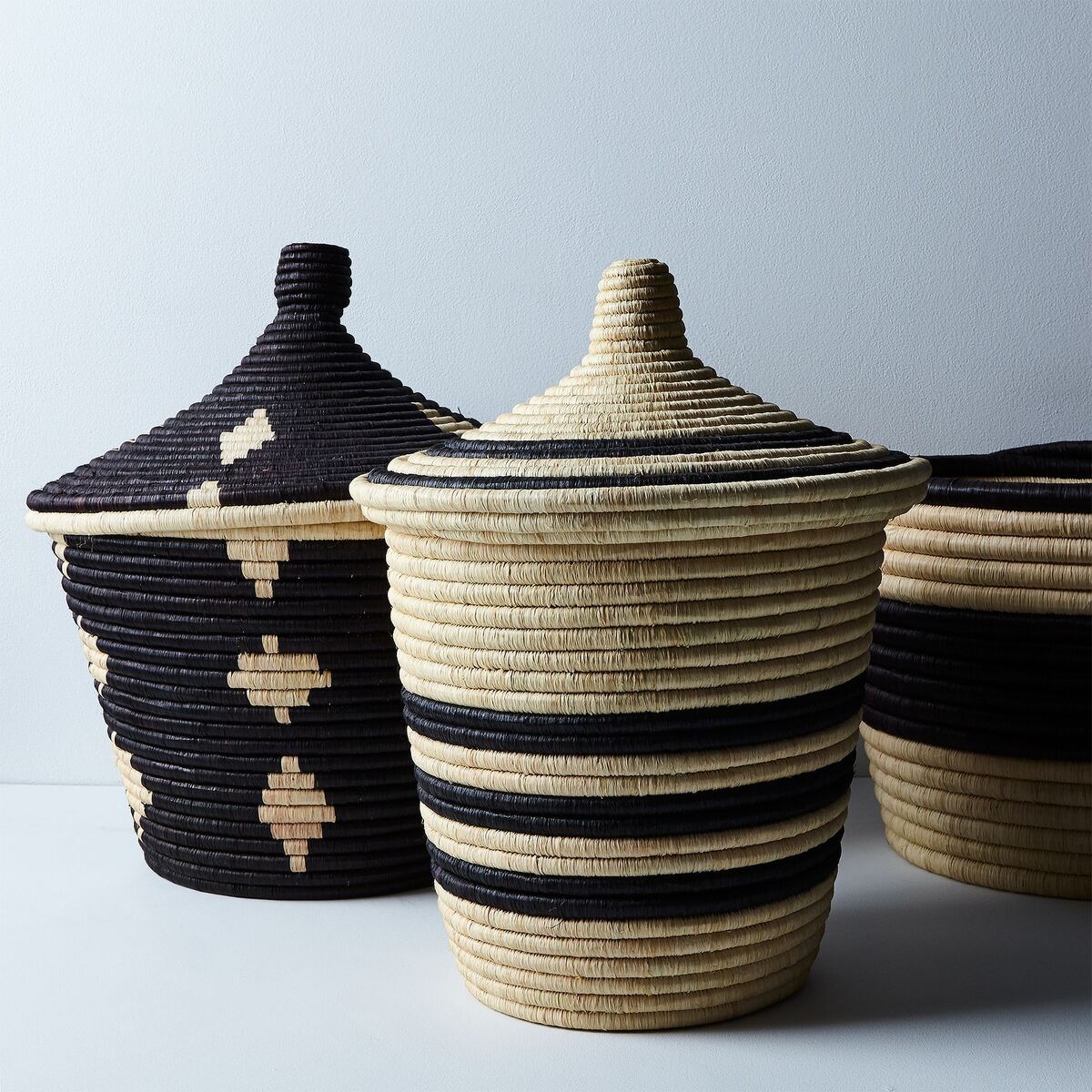
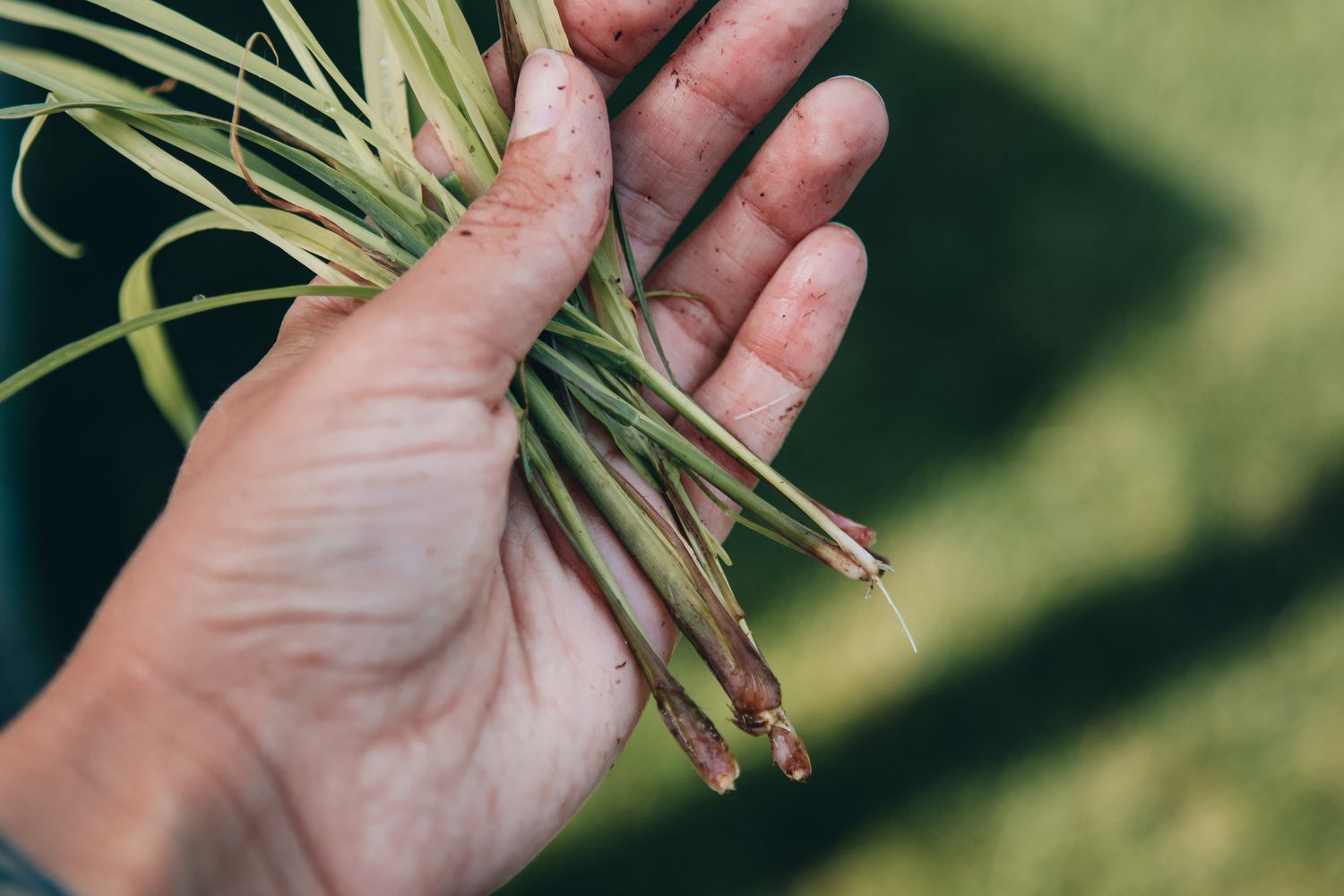
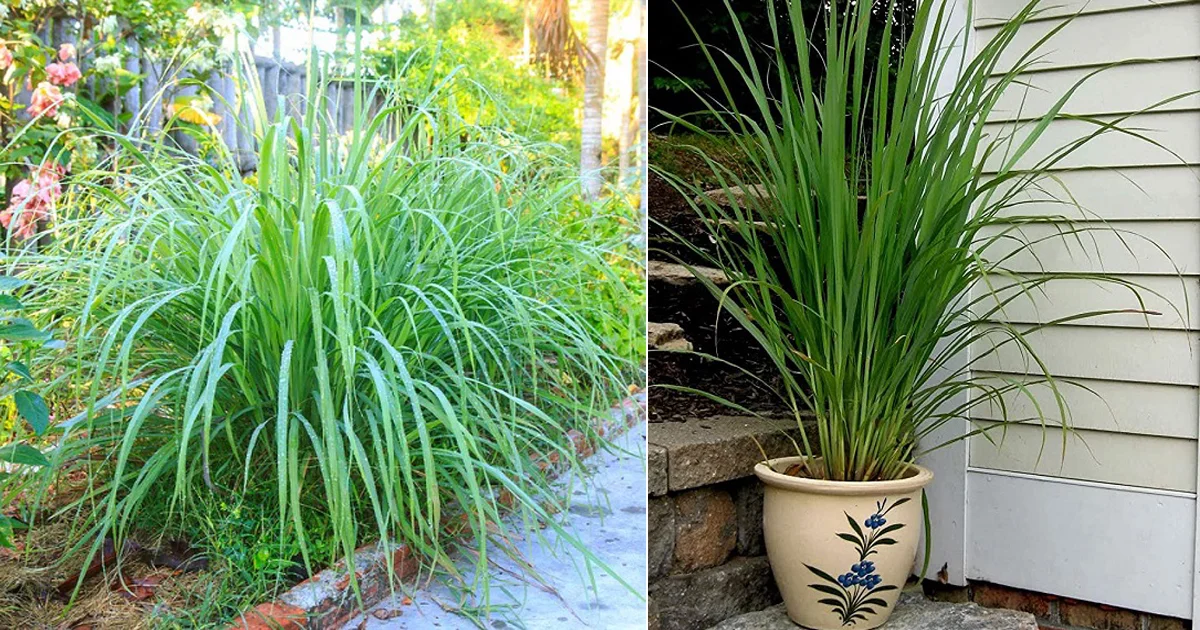
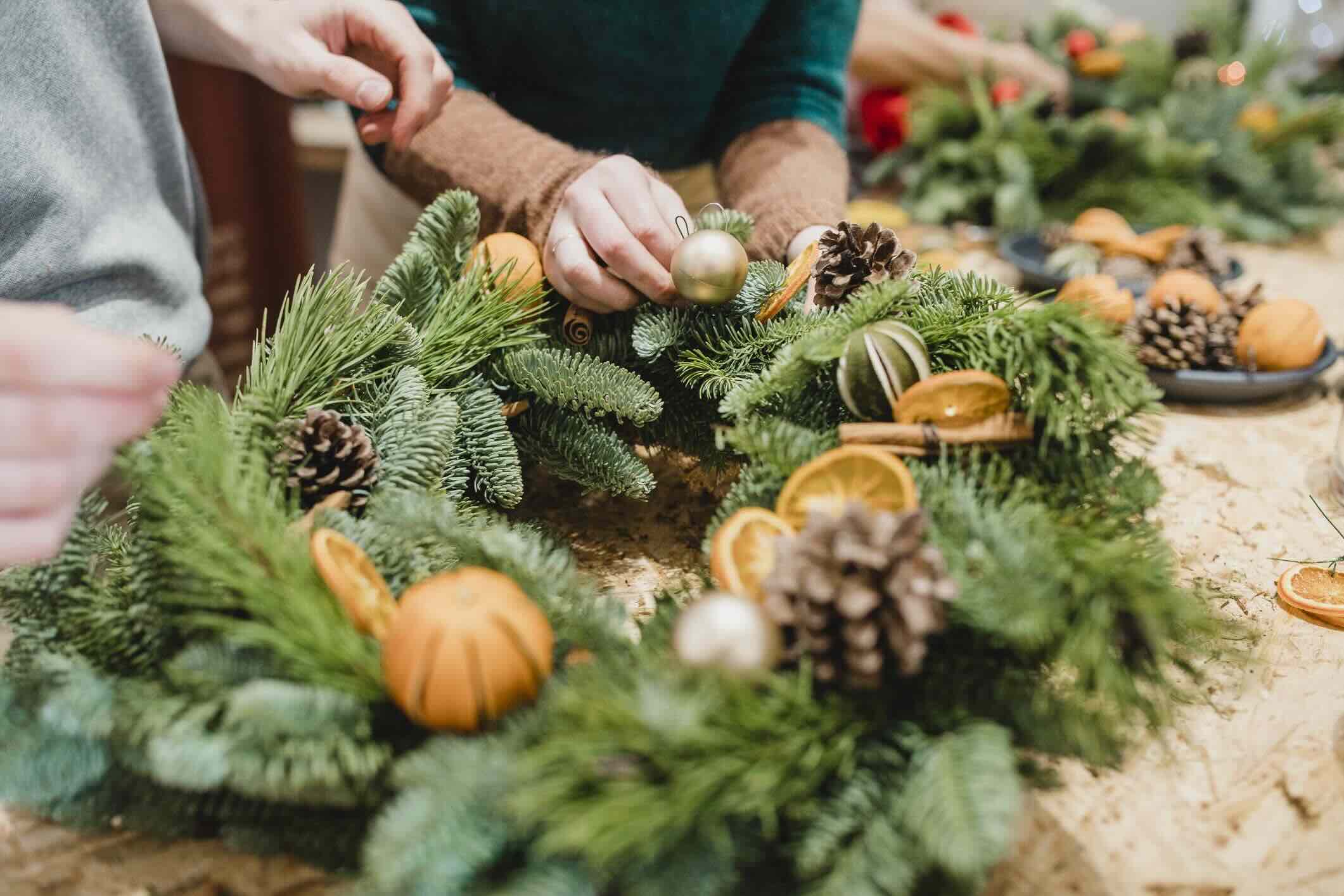
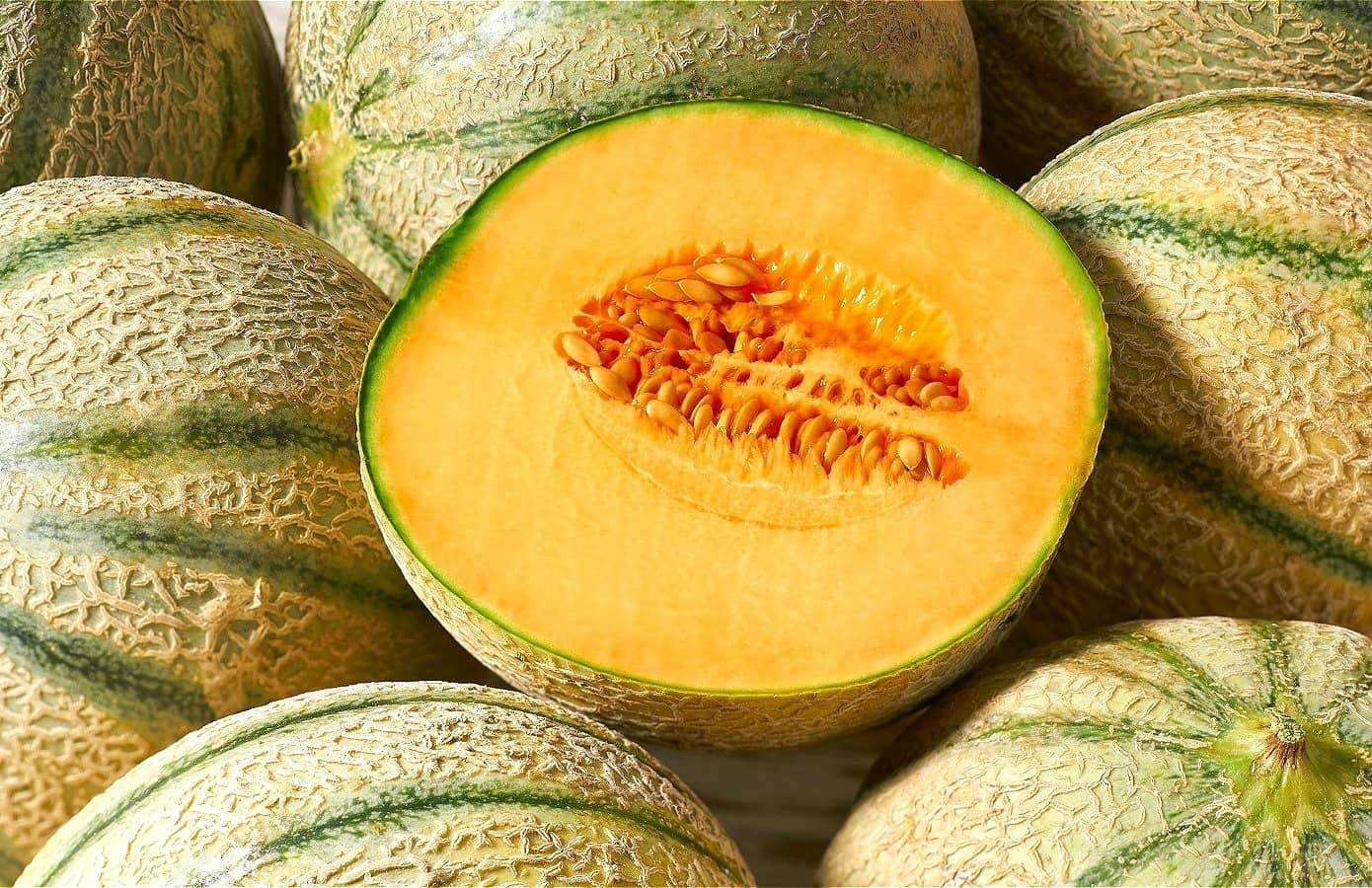
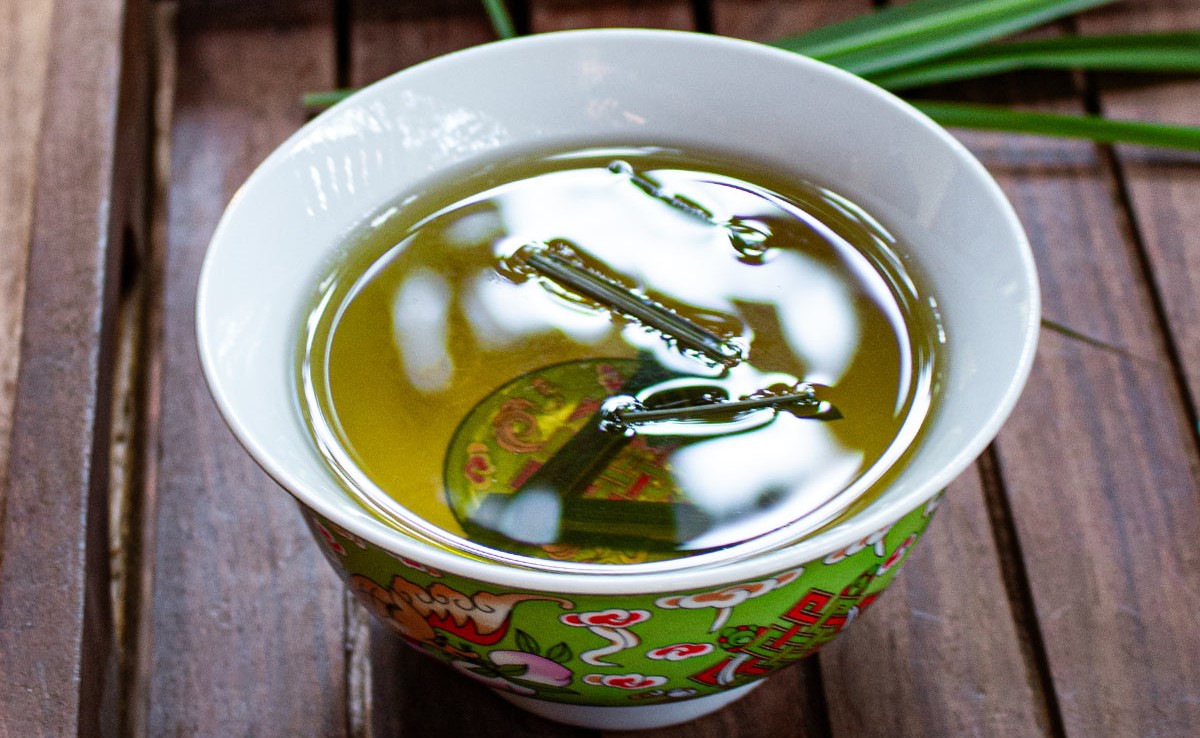
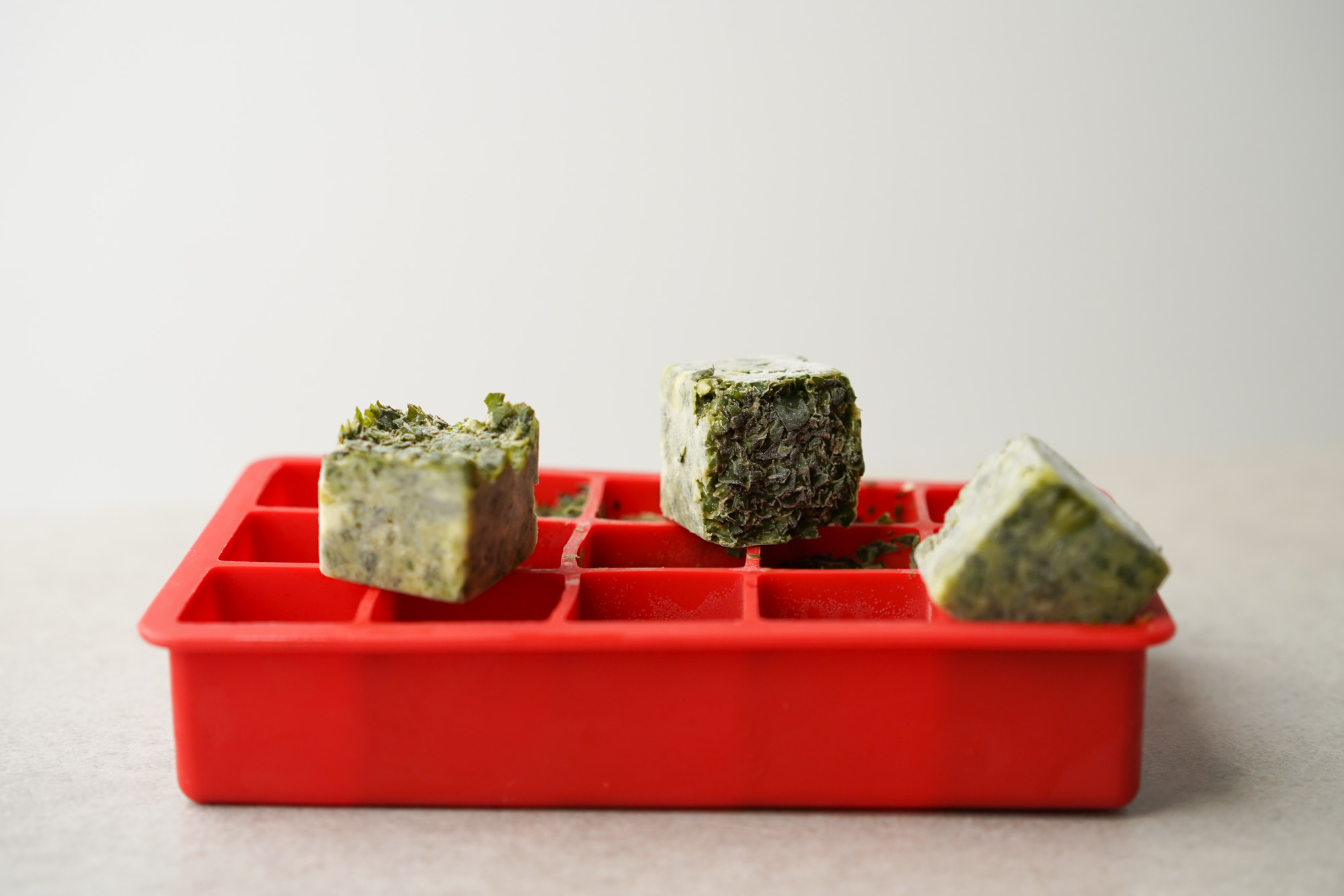

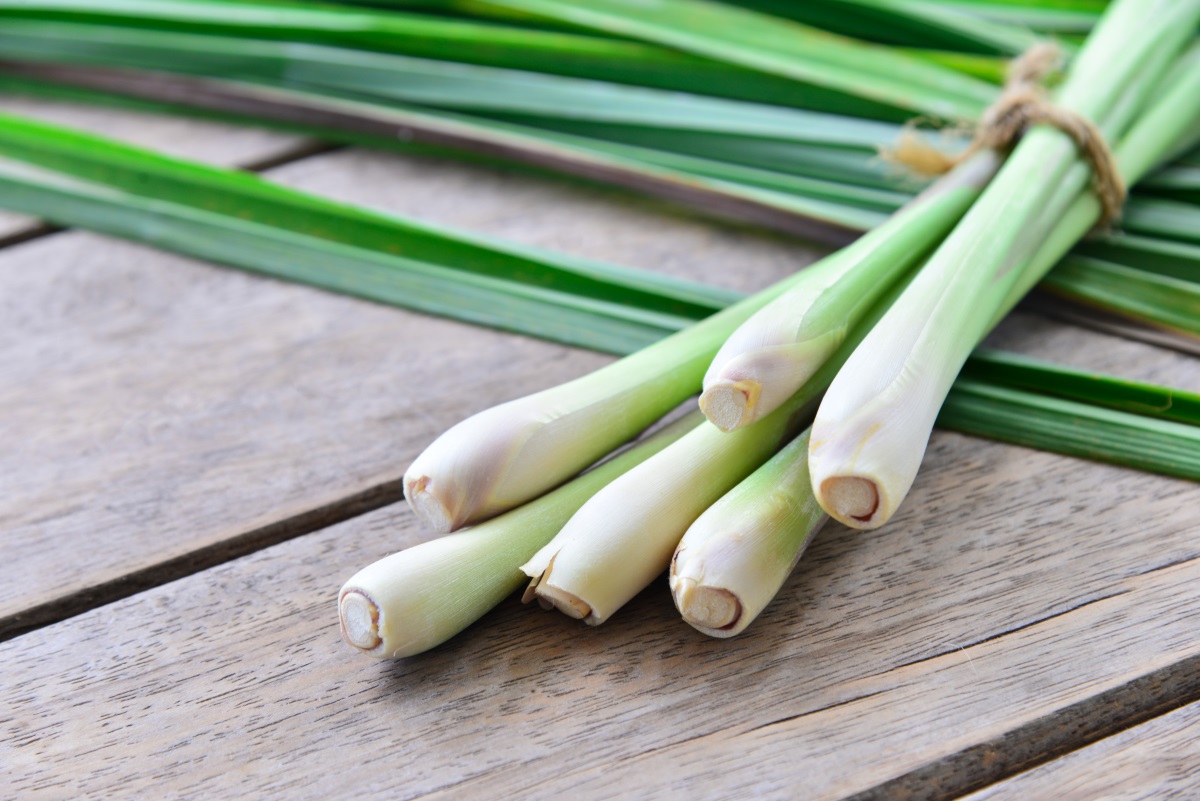
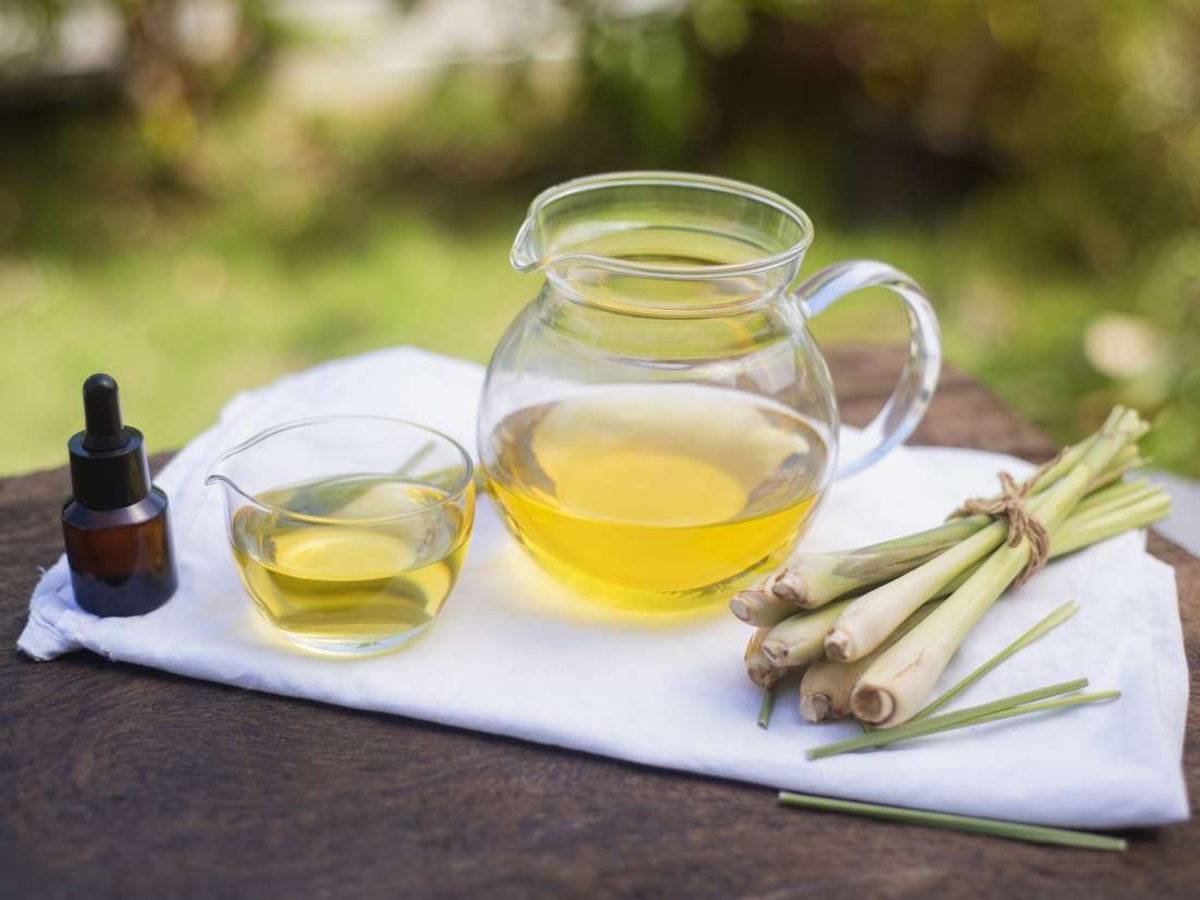

0 thoughts on “How To Preserve Lemongrass”